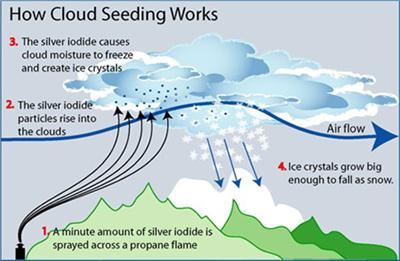The earth’s climate today can be likened to an intricate tapestry, woven from countless threads of natural phenomena, human activities, and technological advancements. Each element interlaces in a complex design, showcasing both the fragility and resilience of our planet. Yet, the vibrancy of this tapestry is threatened, fraying at the edges as humanity grapples with the existential consequences of climate change. Understanding the current state of our climate is crucial for fostering a sustainable future; it serves as a call to action for all stewards of the earth.
At the forefront of this climate tapestry is the pervasive issue of greenhouse gas emissions. Such emissions act as a suffocating shroud, trapping heat in the atmosphere and leading to a cascade of climatic alterations. The increase in atmospheric carbon dioxide levels—approximately 414 parts per million as of recent data—symbolizes a burgeoning menace that endangers ecosystems and human societies alike. Additionally, this accumulation has led to a rise in global temperatures, with 2020 marking one of the warmest years recorded. This incessant warming manifests not only through higher temperatures but also through more extreme weather patterns that are becoming increasingly frequent and unpredictable.
Consider severe storms: once viewed as a sporadic fury of nature, they have now morphed into harbingers of change. Hurricanes, equipped with the fuel of warmer ocean waters, have escalated in intensity. Cyclone Ida, for instance, illustrated how a tempest could unleash torrential rains and catastrophic flooding, submerging communities and reshaping landscapes. The climatic shifts serve as a relentless reminder that the forces of nature, while foundational to earth’s equilibrium, can be distorted by human endeavors.
Yet, climate change is not merely a projection of future peril; it is also a stark reality observed in the world around us. Ice sheets in Greenland and Antarctica are melting at unprecedented rates, yielding copious amounts of freshwater into the oceans. This not only contributes to rising sea levels but is also disrupting oceanic circulation patterns—an intricate dance that has governed climate stability for millennia. As coastlines recede and island nations are poised on the brink of disappearance, the notion of climate refugees emerges, adding a human dimension to the stark statistical realities.
Conversely, heatwaves have emerged as silent assassins, silently encroaching upon regions previously sheltered by temperate climate. The western United States, once an expanse of moderating winds and flourishing biodiversity, has suffered from relentless drought conditions. California’s rivers have dwindled to mere trickles, while ecosystems that once thrived are now parched and desolate. This not only depletes freshwater resources but also exacerbates wildfires, creating a vicious cycle of destruction that engulfs both flora and fauna.
Furthermore, the oceans—home to a vast array of life—are transforming under duress. Rising temperatures lead to coral bleaching, a phenomenon that evokes the image of a once-lively canvas now fading into anonymity. The degradation of coral reefs compromises marine biodiversity, which plays a pivotal role in regulating the planet’s climate. As numerous species face extinction, the loss reverberates through the entire food web, highlighting interdependence within ecosystems.
Amid these challenges, humanity is endowed with an opportunity for innovation. Renewable energy technologies, such as solar and wind power, signify a hopeful trajectory towards reducing dependence on fossil fuels. Countries around the globe are investing in cleaner energy solutions, igniting a potential renaissance in energy production. Additionally, advancements in carbon capture and storage technologies strive to mitigate the impacts of emissions, showing promise in rebalancing the atmospheric scale.
However, the question lingers: Is it enough? Addressing climate change requires a unified global effort that transcends borders, cultures, and political ideologies. Collective action is paramount; individual choices matter, yet systemic change drives significant progress. International agreements like the Paris Accord illuminate the path forward, balancing environmental priorities with economic growth. These initiatives urge nations to commit to reducing greenhouse gas emissions and limiting global temperatures to below 1.5 degrees Celsius. Such agreements foster solidarity and shared responsibility, igniting a spark of hope amidst the looming threats.
As we navigate the intricacies of today’s climate, it is imperative to recognize the narratives intertwined within this formidable tapestry. Humanity’s relationship with the earth is complicated—a symbiotic connection resplendent with both beauty and fragility. Each thread, whether woven in despair or hope, contributes to the larger narrative of our existence on this planet.
In conclusion, to comprehend the climate of today is to confront an undeniable truth: we are at a crossroads. We stand empowered to alter the trajectory of our planet. Through individual and collective commitment, we can rekindle the vibrancy of nature’s tapestry, ensuring its survival for generations to come. The intricate patterns of our climate demand immediate attention and proactive change. Let us embark on this journey not just as mere inhabitants of earth, but as diligent caretakers entrusted with its stewardship.








